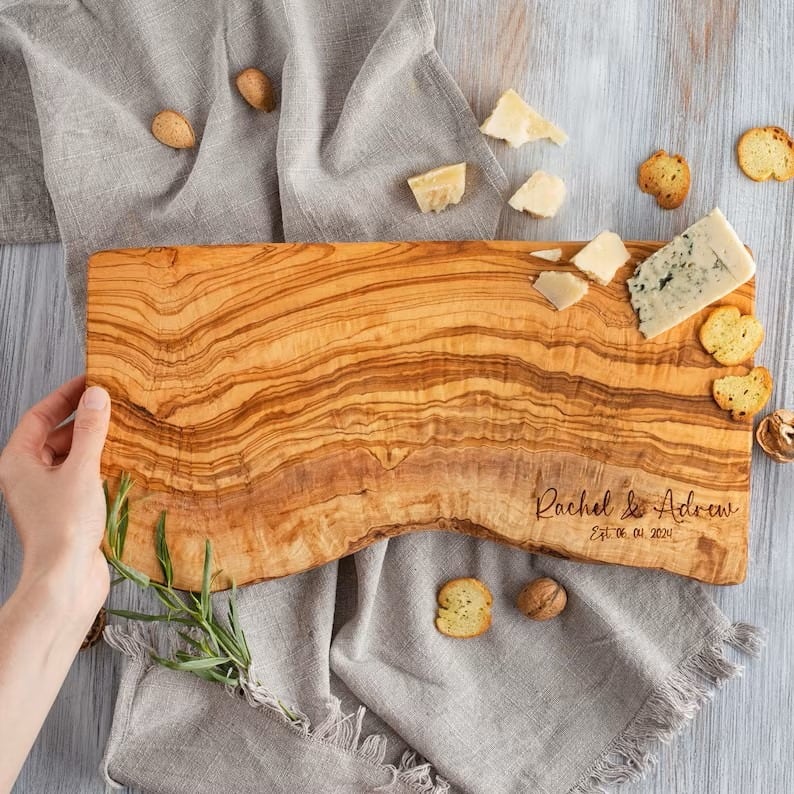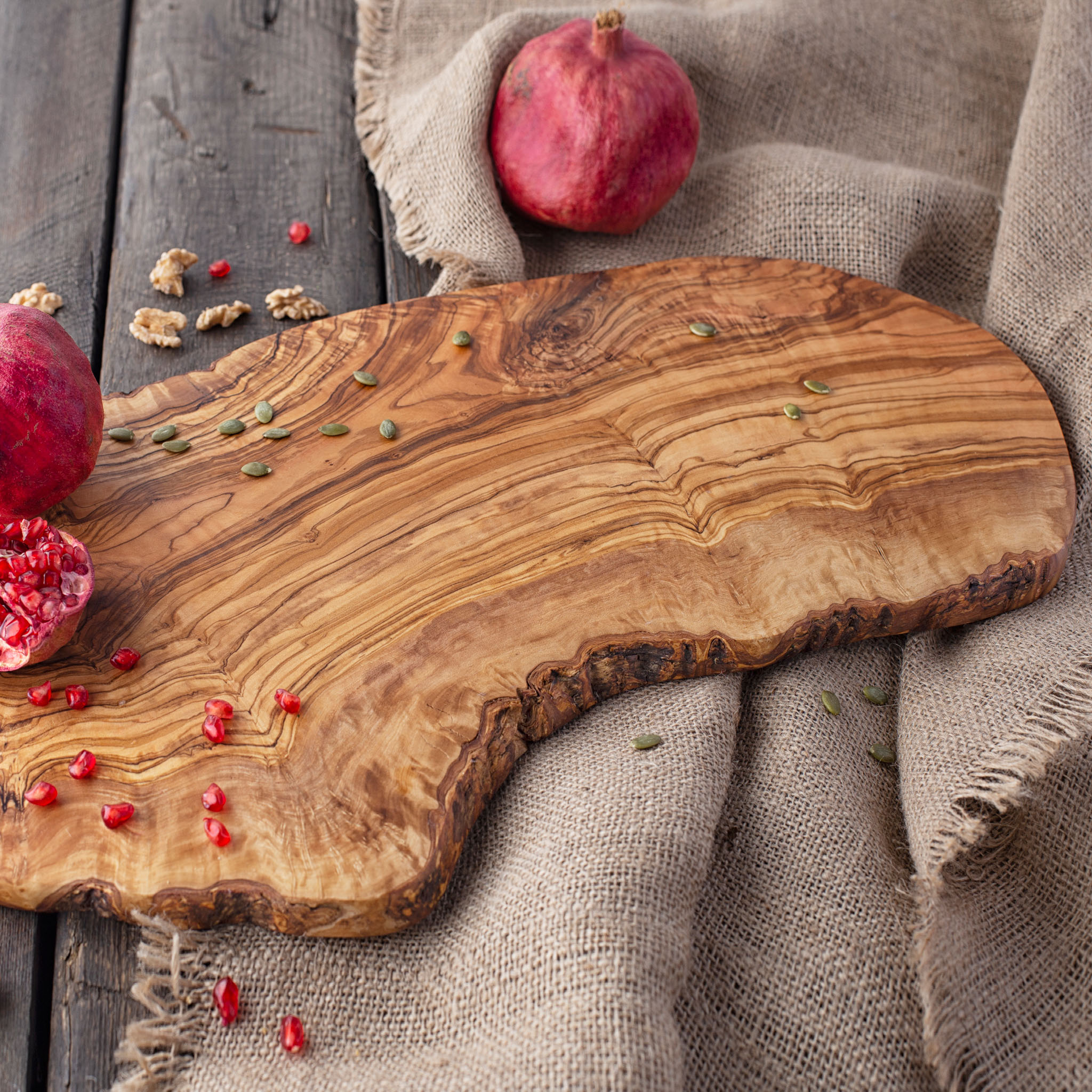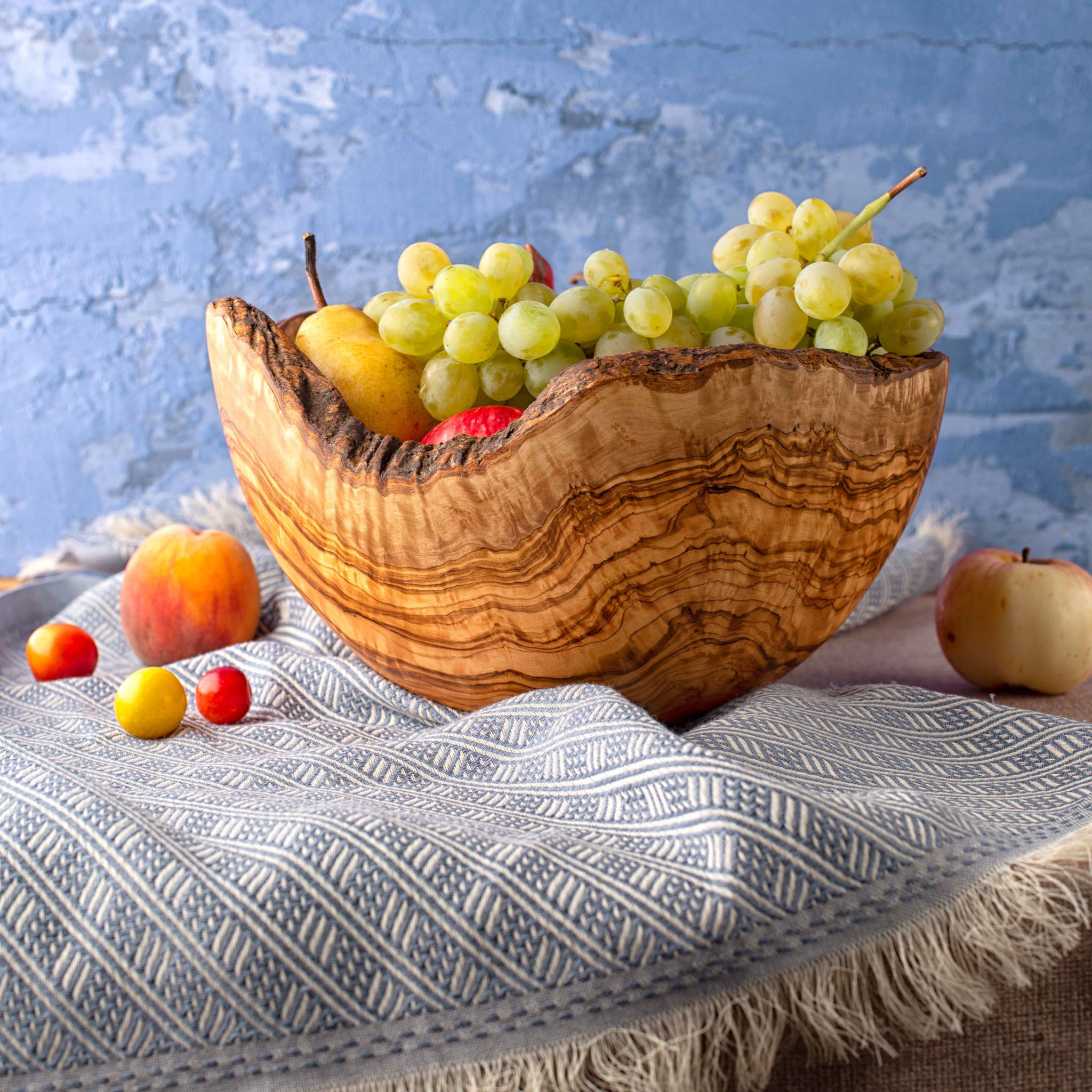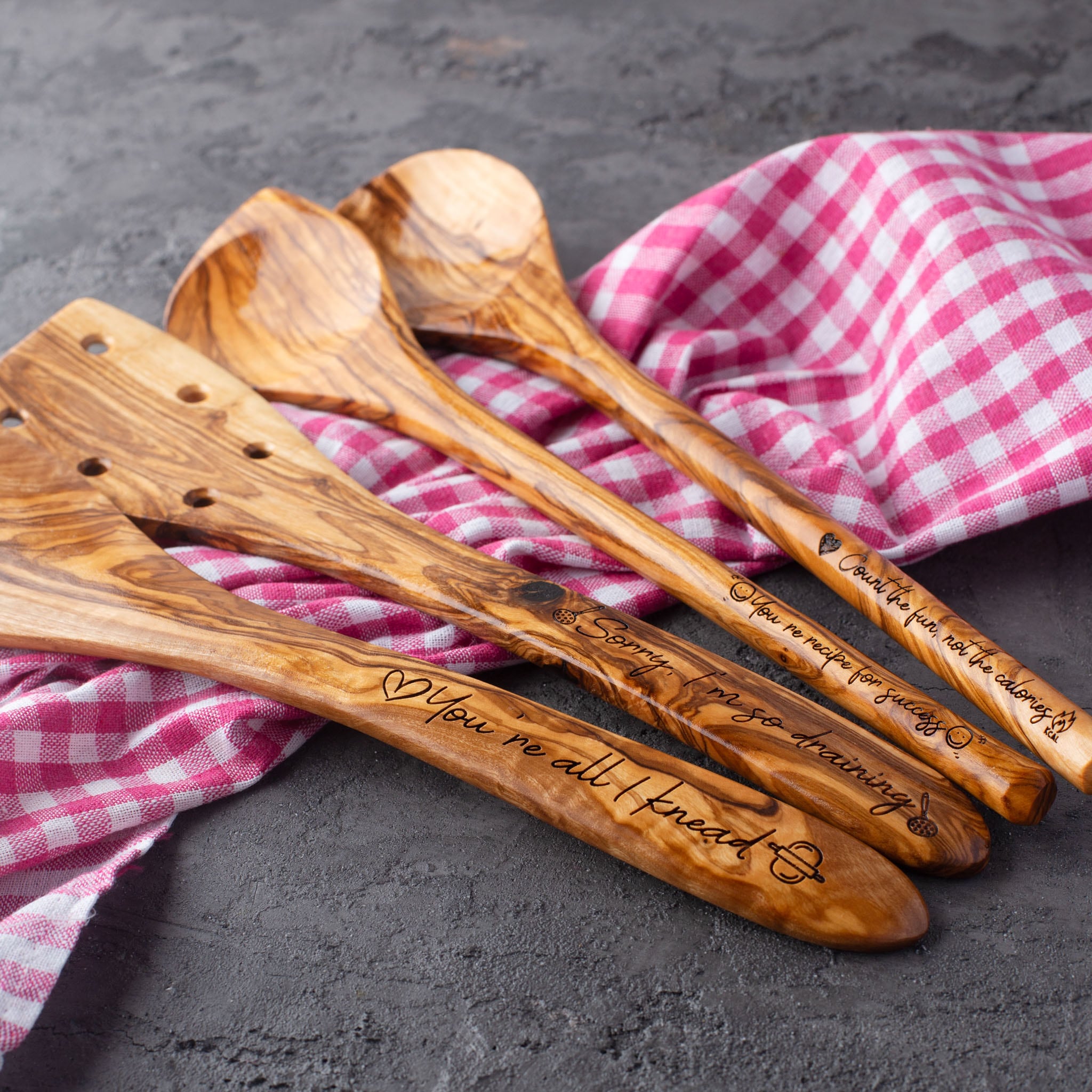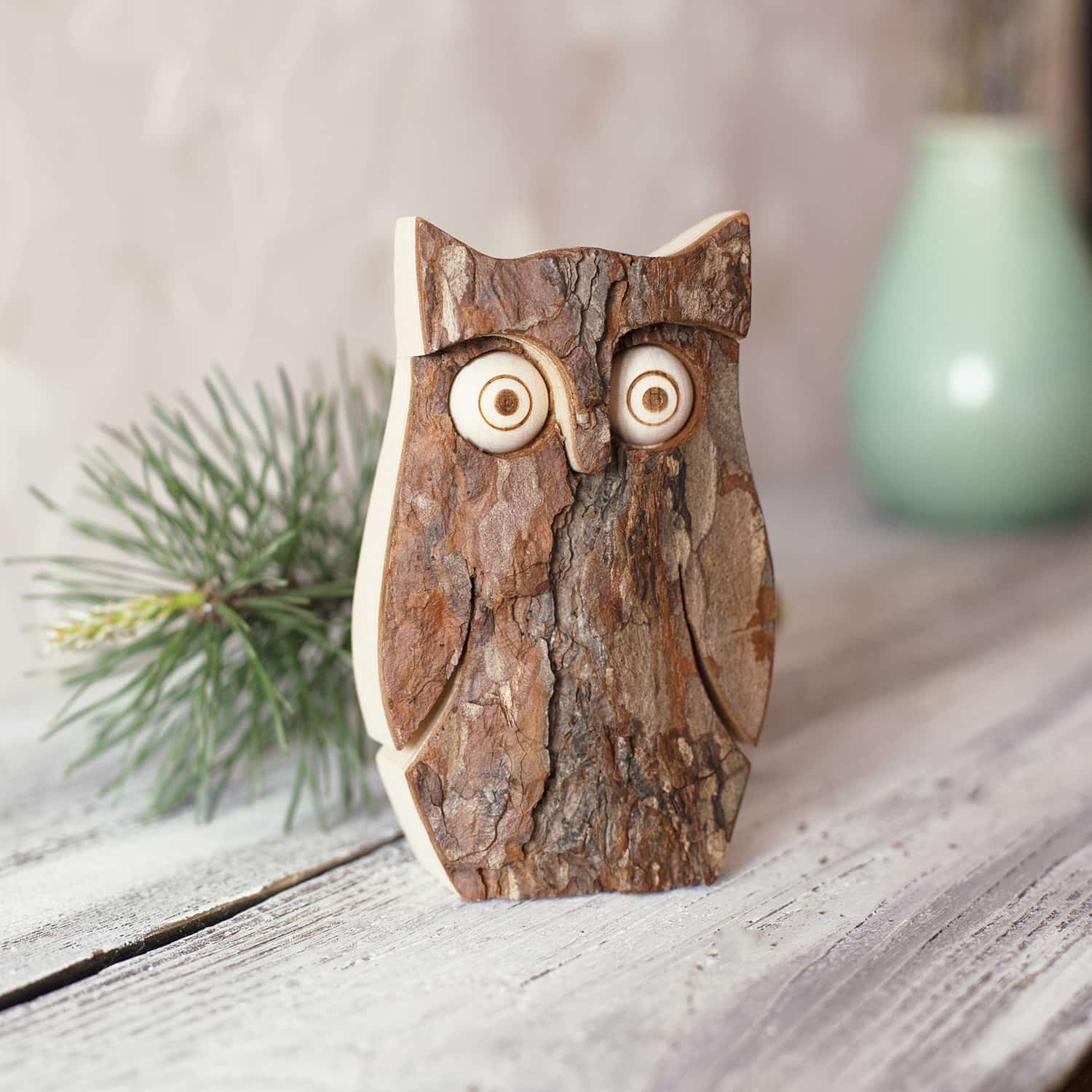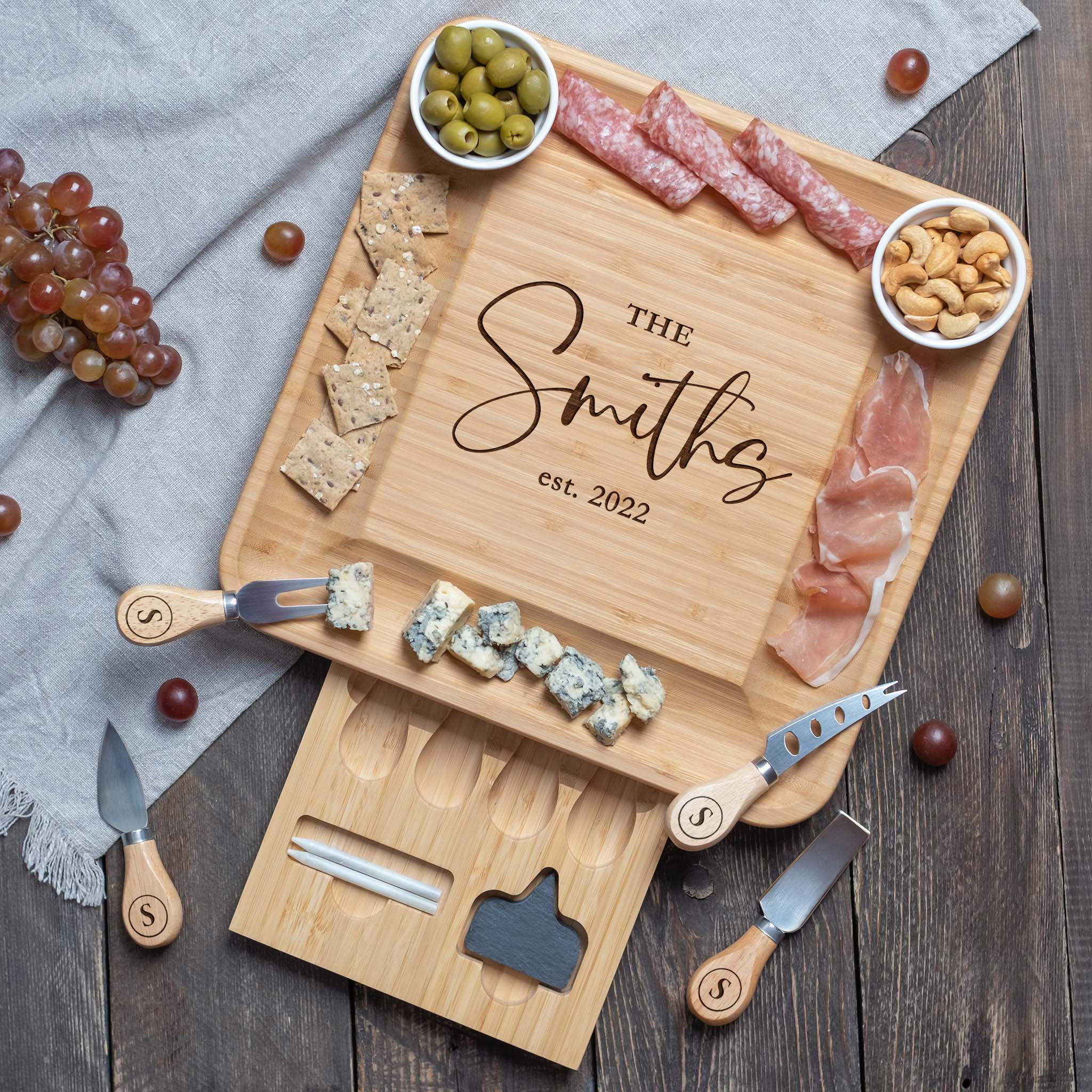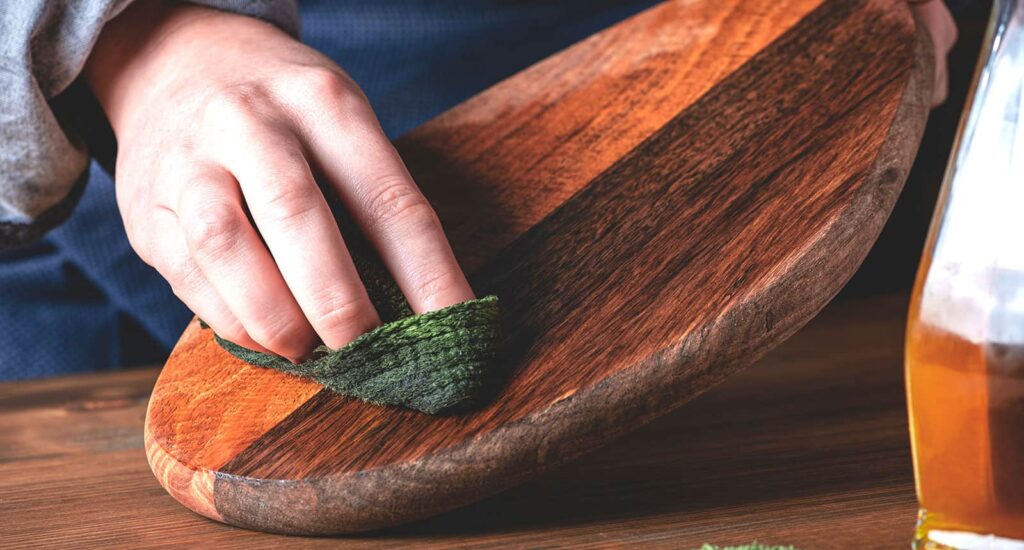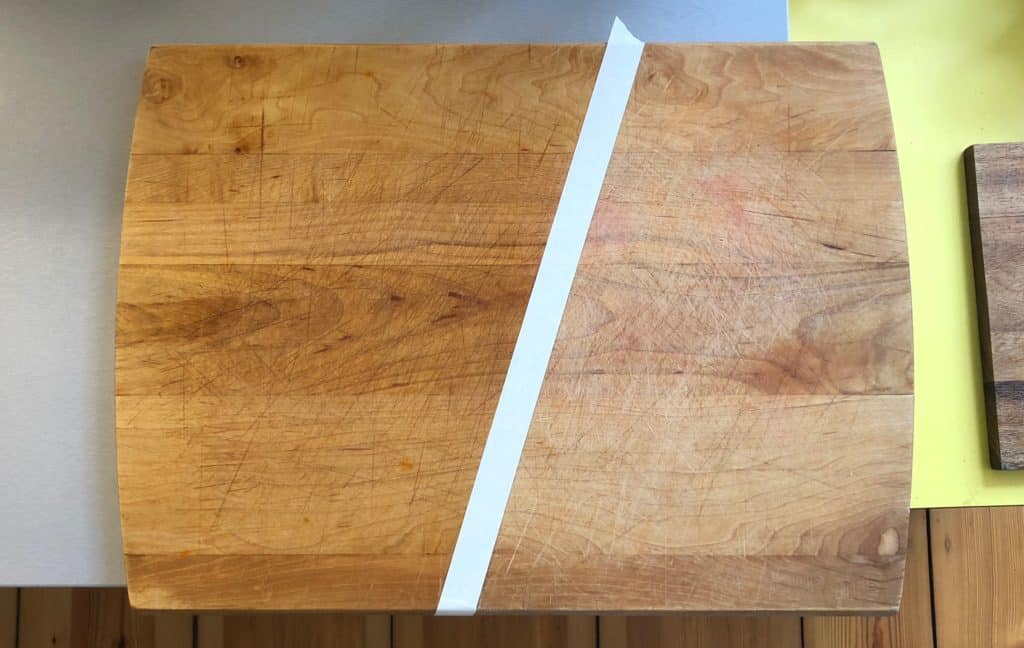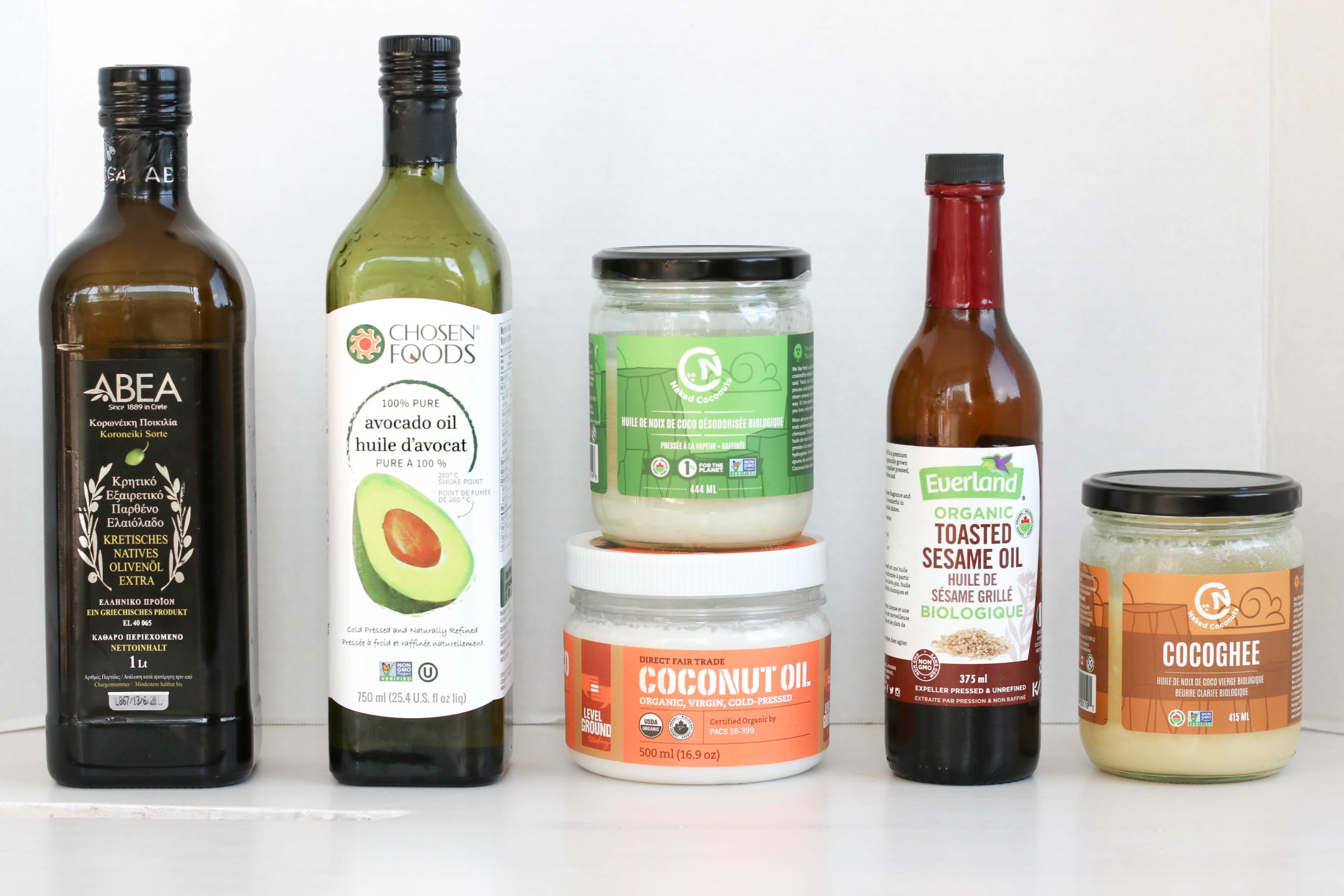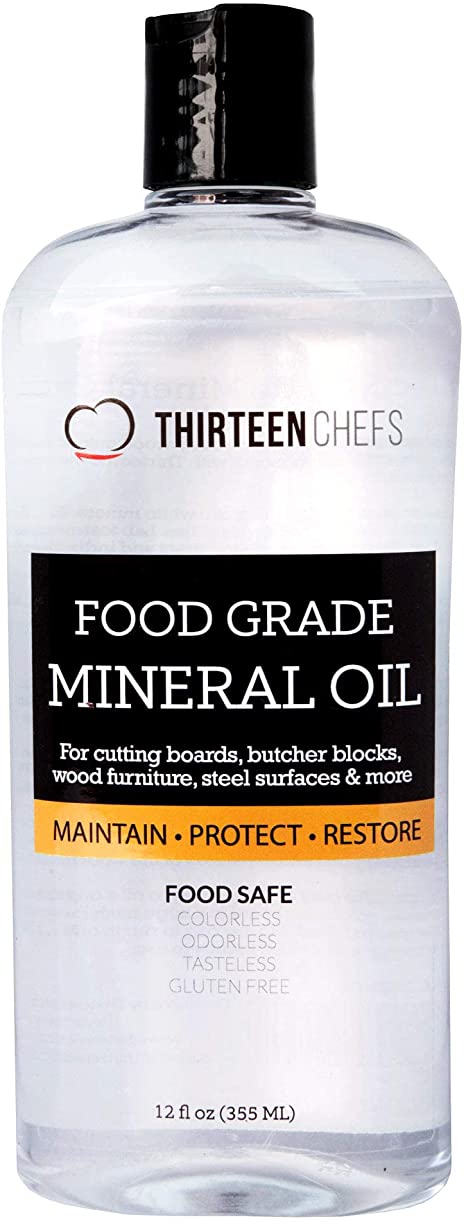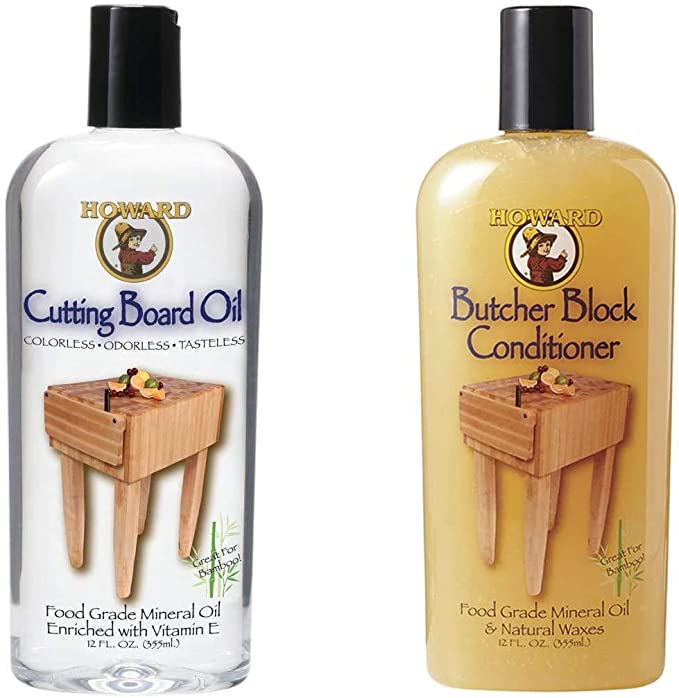Olive Wood
The Best Oils to Care for Your Wooden Cutting Board
Wood cutting boards have been around for centuries. They are easy to clean, beautiful, and durable. The best woods for cutting boards are cherry, walnut, maple, acacia, and olive wood. Softwoods, such as bamboo, are prone to scarring and damage.
What oil is best for wooden cutting boards? A wood cutting board may be the hardest working kitchen tool. It is necessary to protect the wood to keep it sanitary and healthy.
You need to choose a food-safe oil to season the board. Many options are appropriate to maintain cutting boards safely. This article summarizes the best food-safe oils to maintain and sanitize cutting boards.
Why Use Oil?
Woodworkers will tell you that there are more durable finishes for wood than oil. Many of those are either not food-safe or appropriate for wood constantly cut on or exposed to water and heat. Wood is porous and absorbs liquids. The oil deeply penetrates into the wood fibers and slows the absorption of food flavors and moisture.
Any residue that remains on the board after cutting is washed off easily. It also prevents bacteria from getting into the fibers, keeping the surface hygienic when preparing food. Natural oils are removed with food exposure and soap and water to clean the cutting board.
The board will prematurely age, dry, and shrink if not treated. Regular oil applications restore the wood and keep it vibrant. The seasoning process is straightforward, but the choice of oil makes a difference.
Types of Oil
Some oils should never be used on cutting boards, Even if they are often readily available in the kitchen. They include
- Avocado
- Coconut
- Grapeseed
- Macadamia Nut
- Olive Oil
- Peanut
These oils never harden and are rich in fat. They eventually oxidize and become rancid after prolonged exposure to air and light. If used, the oils spoil the surface. The wood will have a nasty smell and a sticky surface. Another drawback of nut-based oils is the danger to people with severe nut allergies.
Polymerizing oils, such as Walnut, Raw Linseed, and 100 percent Pure Tung Oil are absorbed by the wood. They harden as they dry and create a more durable finish. These oils may take two to three weeks to cure and cause the board to darken. Once they have a solid foundation, they are easy to maintain.
Others, like boiled Linseed, undergo a process during manufacturing that makes them toxic to surfaces that come into contact with food. The benefits do not outweigh the risk. It is best to be safe rather than sorry. Another drawback of these oils is the price.
Oils to Choose
There are two recommended options to consider – Fractionated coconut oil (natural) and food-grade mineral oil. Fractionated coconut oil is raw coconut oil distilled to allow long-chain fatty acids to be separated and solidified for removal.
An odorless, lightweight oil remains in liquid form at cooler temperatures. Unlike refined oil, it does not become rancid, giving it longer shelf life. The best oil for cutting boards is food-grade mineral oil. It is very affordable, has no color, odor, or taste, and resists oxidation.
Studies show that highly refined white oil, like mineral oil, has no cancer-causing adverse health effects. Do not use standard mineral oil from a hardware store or pharmacy, such as technical oils or liquid paraffin.
They are meant to be used as cosmetic carrier oils or for machine lubrication and are not safe for contact with food. The best bet is mineral oil specifically blended on cutting boards developed to be safe to use around food.
Recommended Product
Thirteen Chefs Food Grade Mineral Oil
This product is a butcher block conditioner tested to ensure it meets food safety standards. It is gluten-free, tasteless, and odorless. Us this mineral oil on cutting boards to restore and prevent drying and cracking.
It has a squeeze-bottle design and push-applicator cap that make maintaining a cutting board a breeze. Apply it generously by hand or with a rag and allow it to sit for four hours. A single bottle will last for years.
Cutting Board Oil and Conditioner
The butcher block oil is odorless and tasteless. It has Vitamin E, which adds another level of protection. The conditioner also has Vitamin E. It is the safest conditioner on the market and keeps cutting boards beautiful and functional.
How to Oil a Cutting Board
-
- Start by cleaning the board with dish soap and warm water.
- Dry it thoroughly with a dry, clean towel.
- Pour a bit of food-grade mineral oil on the board and spread it evenly with a clean cloth.
- Cover the entire surface, including the edges and sides
- Do not use the board for a minimum of one hour. Allowing it to sit gives the oil time to penetrate and protect the wood.
A cutting board that is used regularly should be oiled once a month. Every few months will suffice for cutting boards that are not used often.
FAQs
What should I use to oil my cutting board?
The best oil for cutting boards is food-safe mineral oil like the products suggested above. You may find it under various brands and names. Mineral oil resists oxidation, is odorless and ensures the board stays in excellent condition.
Can you use olive oil on cutting boards?
You should use olive oil for cooking. It will give a wood cutting board a shine but is problematic because it tends to rot the wood.
How do you seal a cutting board?
Treating the board with mineral oil monthly forms a seal. You can also use linseed or tung oil to seal it from the inside out and make the wood harder. Walnut and mineral oil only focus on the wood cutting board surface.
